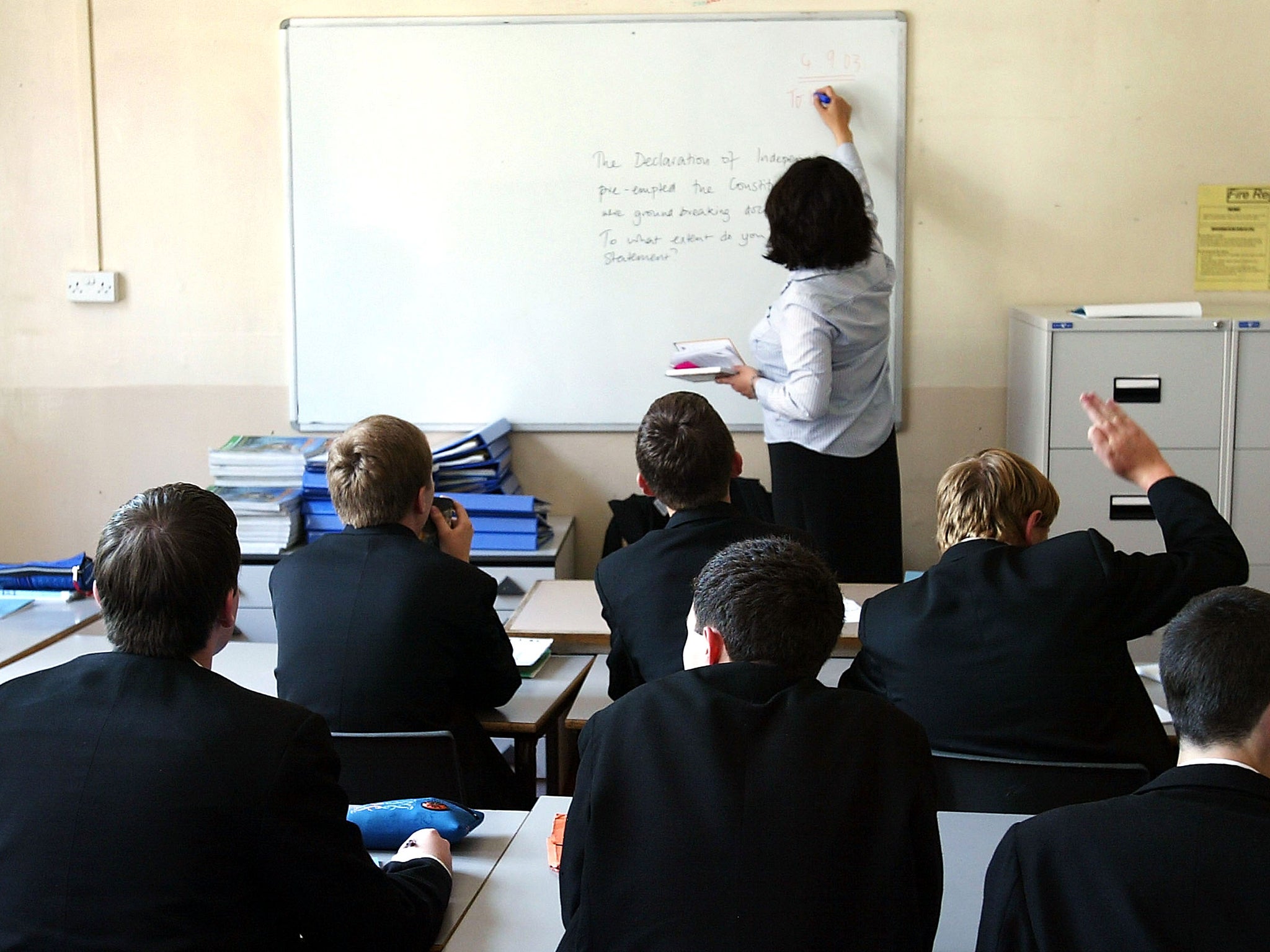How school funding works in England – and why it needs reform
Nicky Morgan has launched a consultation on replacing the system of funding English schools

The government has moved to iron out inequalities in how much money schools in different parts of the country can spend on each of their pupils. Nicky Morgan, the education secretary, has launched a consultation on replacing the system of funding schools in England through the development of a new school-level national funding formula.
The detail of the proposal for how the distribution of the £40 billion schools budget will be reformed is quite technical. A major component of the proposed change for the 2017-18 school year involves replacing something known as the schools block unit of funding (SBUF) with a central schools block (CSB).
The SBUF is currently allocated to local authorities by central government, but is done so in a way that is heavily influenced by historical allocations of spending within each authority. It has been a major reason why some areas in a local authority can receive more money than others.
The new CSB is intended to remove these inequities. It will do so by applying a national formula to allocate a lump sum to schools, and a national mechanism will also deal with “sparsity” – the extra costs faced by small schools in areas that are thinly populated. The formula will continue to have some local variation in order to allow for cost factors such as business rates that differ from place to place.
The CSB will continue to be distributed to schools via local authorities for the first two years, but after 2019-20 it will be allocated directly to schools from central government.
An unequal distribution
The latest data shows substantial differences in how much schools in different parts of the country are able to spend per pupil.
Outside London, the highest figure in mainland England is in Tameside (£5,729) while the lowest is in Blackpool (£3,363). Both of these local authorities are in the same region – the north-west.
In the capital, several authorities have per pupil expenditures that are greater than those seen elsewhere. The highest of all is in the City of London (£6,920). In Birmingham, the average spend is £5,008, while in nearby Coventry it is just £4,458.
The differences can be rationalised to some extent by looking, for example, at differences in the proportions of pupils with special needs. But the disparities are so wide that it is hardly surprising that the system of allocating funds to schools has been described as irrational and unfair.
School leaders have been warning for some time that funding across much of the sector has the characteristics of a “postcode lottery”, with some schools at the bottom end of the funding distribution consequently facing serious financial challenges. Pressure has also come from groups such as f40 – a campaign run by 40 local authorities.
What a new formula should look like
The exact model of the formula will be published after the government’s consultation ends in late April. It is easy to identify what characteristics a new school funding model should have. Allocations should be based on pupil numbers, weighted to reflect variations in cost of teaching in different year groups. They should also allow for cost variations across subjects at the more advanced levels of education.
Most observers would agree that there should be further funding to support schools whose pupils have extraordinary requirements – arising, for instance, from location in an area of social deprivation or an unusually high concentration of pupils with special educational needs.
Special allowance should also be made for schools operating in areas where costs are unusually high – for example due to high costs of renting space in London.
Precisely how any new formula should operate, and how much (if any) discretion should be retained by local authorities, are, however, more contentious issues. As Lucy Powell, Labour’s shadow education secretary, has said, the “devil will be in the detail”. Ironing out inequities across authorities – without more money overall – means that schools in some places will receive less than they do now, and that is likely to generate controversy.
One thing is for certain: the imposition of a new formula will affect schools around the country differently. That is the whole point. It will also provide economists with unusually “clean” data with which to analyse the impact of resources on pupil performance. This is a question that has, until now, been surprisingly contentious – while we know that schools have an effect on pupil outcomes (for example through the quality of teaching) much less is known about how exactly this effect operates. A new national formula should be able to help answer these questions in the longer term.
Geraint Johnes, Professor of Economics, Lancaster University
This article was originally published on The Conversation. Read the original article.
Join our commenting forum
Join thought-provoking conversations, follow other Independent readers and see their replies
Comments